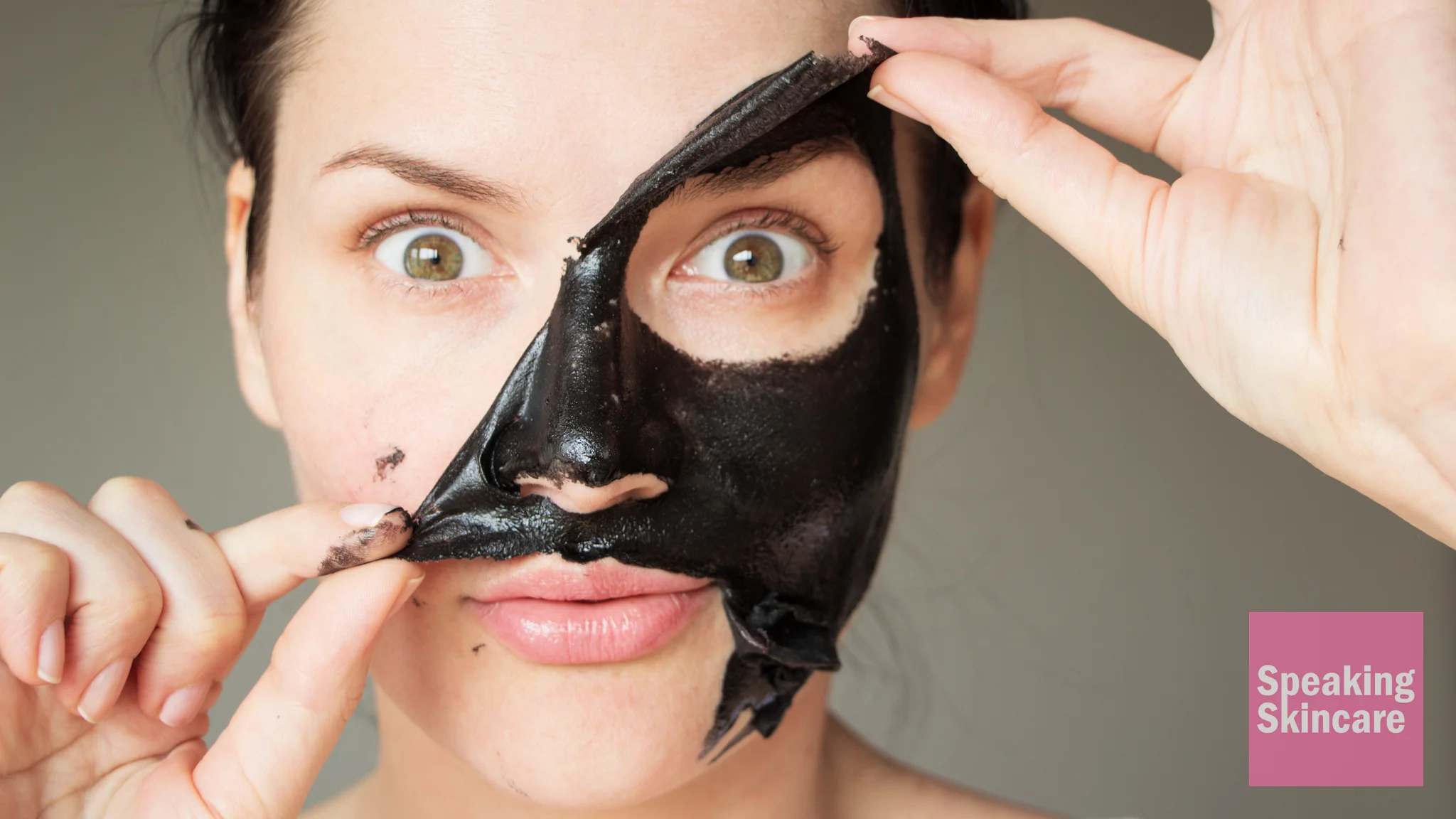While most face masks intend to do the same sort of job, you’d be surprised at how many variations exist between different products.
In this post, we’ll be taking a look at two of the most popular masks on the market today, clay masks and charcoal masks. What are they good at, and crucially, what are their differences? Let’s go for it!
The benefits of clay masks
Let’s start by giving a general overview of the advantages of clay masks.
Using a collection of potent minerals along with impactful ingredients such as magnesium, iron, potassium, and calcium, clay masks act to minimize wide pores, wash away dead skin cells that can otherwise cause breakouts, and thoroughly exfoliate the face.
Clay masks are a cosmetic drying agent and are formulated to absorb excess moisture in the skin and get it back to a dryer base. This means if you struggle with particularly oily skin, a clay mask could be exactly what you need to keep your sebum production in check.
The benefits of charcoal masks
Much like clay masks, charcoal masks are also a powerful drying agent. However, it is commonly accepted that charcoal masks are actually somewhat dryer than their clay counterparts, making them also a great option for those with frustrating oily skin. However, because of this harsh drying ability, it is not recommended to use charcoal masks more than a couple of times a week.
Additionally, charcoal masks have antibacterial properties, making them effective at removing problematic bacteria from pores. This process is extremely helpful for preventing the formation of blackheads, breakouts, and irritating symptoms of acne. All in all, charcoal masks will leave your face looking clean, glowing, and protected from nasty elements.
Which is better, clay masks or charcoal masks?
This completely depends on you and your natural skin type. Both masks are drying agents, which makes them ideal for people with oily skin. This isn’t to say that people with other types of skin shouldn’t use them, but those who already have dry skin may be better off avoiding them and opting for something like a mud mask instead, which has a water base.
Beyond that, charcoal masks may be a little harsher than clay masks because they are slightly dryer, but different people will have their own subjective experiences on this front.
In conclusion
Both clay and charcoal masks are great at their jobs. If you’re having issues with excess oil in your skin, or you want to prevent the growth of blackheads and breakouts, both masks can work well for you.
At the end of the day, like with many aspects of skincare, the final decision really does come down to personal preference. We’d recommend trying both to see how you feel and taking it from there.
One thing is for sure though, your face will thank you for using any of these masks.
